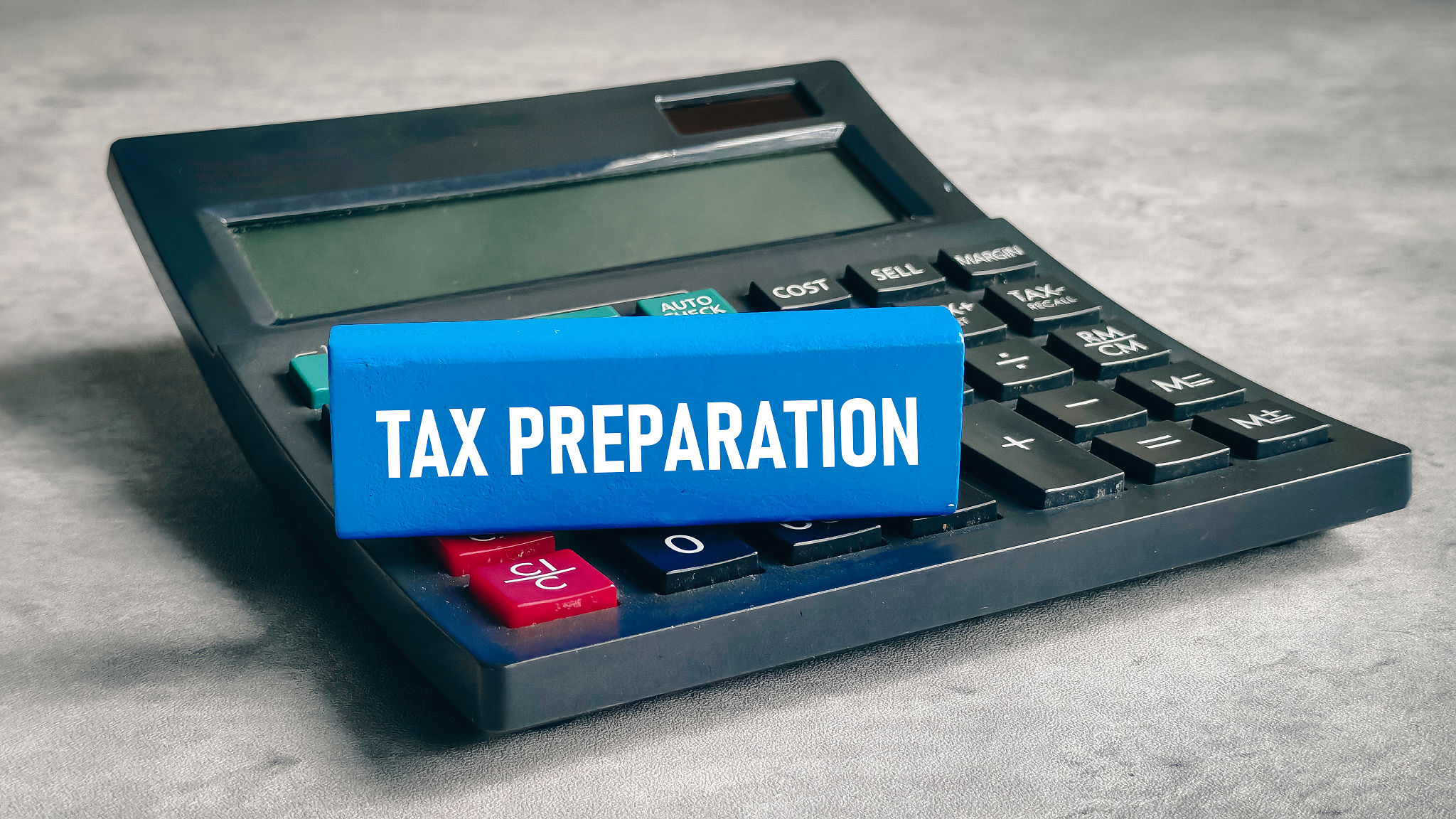A Step-by-Step Guide to Applying for Income-Driven Repayment Plans
Understanding Income-Driven Repayment Plans
Managing student loan payments can be challenging, but income-driven repayment (IDR) plans offer a flexible solution. These plans adjust your monthly payments based on your income and family size, making them more manageable. If you're struggling with standard repayment terms, an IDR plan might be the right option for you.
There are several types of IDR plans, including Income-Based Repayment (IBR), Pay As You Earn (PAYE), and Revised Pay As You Earn (REPAYE). Each plan has its own eligibility requirements and benefits. Understanding these options is crucial to finding the best fit for your financial situation.

Eligibility Requirements
Before applying, it’s essential to determine if you qualify for an IDR plan. Most federal student loan borrowers are eligible, but requirements can vary. Key factors include the type of federal loans you have and your discretionary income. Private loans, however, are not eligible for IDR plans.
To qualify for some plans, like PAYE, you must demonstrate financial hardship. This means your monthly payment under the plan would be less than what you would pay under a standard 10-year repayment plan. Understanding these criteria can help streamline the application process.
Gather Necessary Information
Before starting your application, gather all necessary financial information. You’ll need:
- Your most recent federal tax return
- Details about your family size
- Information about your current income
Having this information ready will make the application process smoother and faster. The U.S. Department of Education uses this data to determine your eligibility and monthly payment amount.

Applying for an IDR Plan
The application process for an IDR plan is straightforward. Follow these steps to apply:
- Visit the Federal Student Aid website.
- Log in using your FSA ID.
- Complete the Income-Driven Repayment Plan Request form.
- Submit your application and any required documentation.
Once submitted, your loan servicer will review your application and inform you of your new payment amount. This process can take several weeks, so it’s important to apply early.
Maintaining Your IDR Plan
After approval, it's crucial to maintain your IDR plan. You must recertify your income and family size annually. Failure to do so can result in your payments reverting to the standard plan amount, potentially increasing your monthly obligation.

Stay proactive by setting reminders for when your recertification is due. Keeping your information up to date ensures that your payments remain affordable and aligned with your income.
Benefits and Considerations
Income-driven repayment plans offer numerous benefits, including potential loan forgiveness after 20-25 years of qualifying payments. However, it's important to consider the long-term implications, such as accruing more interest over time.
Evaluate your financial goals and consider consulting with a financial advisor to understand the full impact of enrolling in an IDR plan. This can help ensure you make the best decision for your financial future.
By following this step-by-step guide, you can navigate the application process with confidence and take control of your student loan repayments. Remember, help is available, and you don’t have to manage your loans alone.